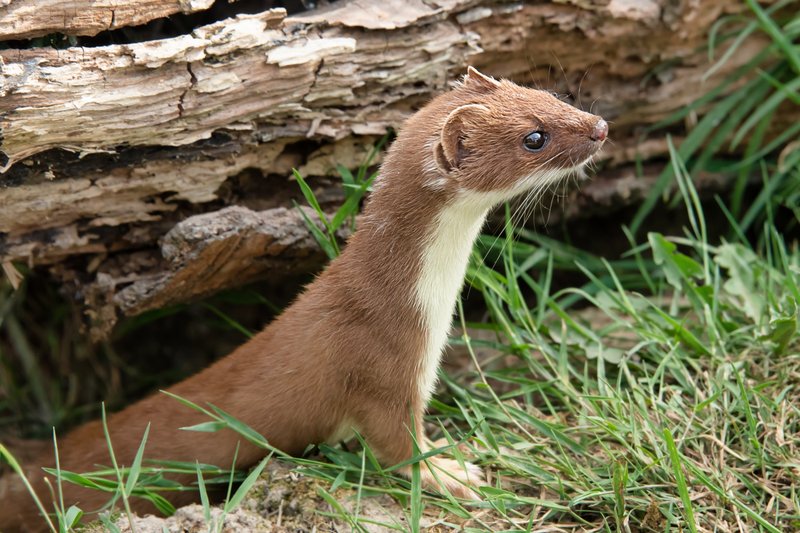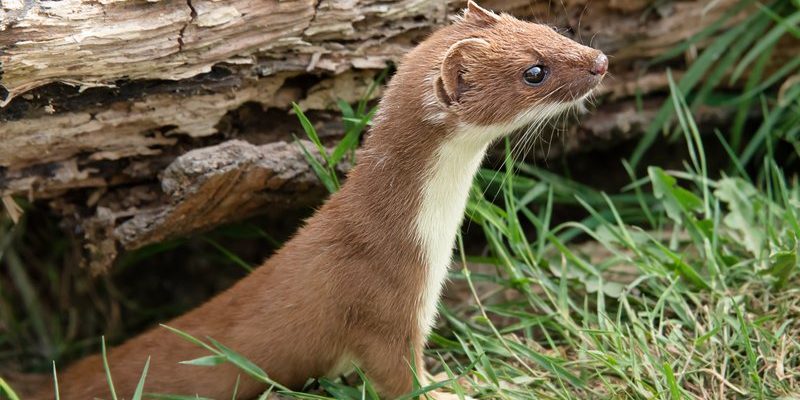
In the wild, weasels—like their cousins, the ferrets and minks—have a unique approach to parenthood that’s full of surprises. They face many challenges, from finding food to keeping their young safe from predators. Watching how they balance these needs is both heartwarming and a bit dramatic. So, let’s dive into the world of weasels and discover how these clever critters raise their young.
The Weasel Family Tree
Weasels belong to the Mustelidae family, which includes otters, badgers, and ferrets. There are several species of weasels, the most common being the **short-tailed weasel** and the **long-tailed weasel**. These animals are known for their incredible agility and resourcefulness. You might wonder how this family dynamic works when it comes to raising the next generation.
Typically, a female weasel is the primary caregiver. After mating, the female will prepare a den, often in a burrow or dense vegetation, to provide a safe environment for her kits. This den serves as a nursery, offering shelter from harsh weather and predators. It’s interesting to note that while males play a role in mating, they usually leave the parenting duties to the females.
Just like any expectant mother, a female weasel has a lot to do before her kits arrive. Once she becomes pregnant—usually for about a month—she focuses on creating the perfect nest. The den is often lined with soft materials like grass, feathers, or fur to keep the kits warm and comfortable. This is crucial since weasel kits are born without fur and are quite vulnerable.
Nesting is a time-consuming process, and the female weasel is meticulous. She’ll often choose a location that’s hard for predators to access. This careful selection ensures a safe spot for her and her soon-to-be-born youngsters. You might find her spending hours, even days, scouting for the best location. It’s a testament to her protective nature, showing how deeply instinctual this behavior is.
After about 6–8 weeks, the kits enter the world. A typical litter can range from 3 to 7 kits, and they’re incredibly cute with their tiny noses and squirming bodies. The female weasel is dedicated, spending most of her time nursing and caring for them. During this time, she doesn’t go far from the den, ensuring her young are safe.
In the beginning, the kits are entirely dependent on their mother for food. She will nurse them until they are about 6 weeks old. As they grow, they start to explore their surroundings, often tumbling over each other in play. This play is not just for fun; it’s essential for developing their hunting skills. By observing their mother and mimicking her actions, they learn how to be skilled hunters themselves.
One of the greatest challenges for a weasel mother is finding enough food to feed her growing family. Weasels are carnivorous and primarily hunt small mammals like rodents. A mother weasel has to be resourceful, often hunting daily to bring back food for her kits.
Here’s the thing: a weasel’s metabolism is fast, meaning they need to eat frequently. This can be a challenge, especially when she’s also keeping an eye on her young. The female will not only hunt but also teach her kits about their diet as they grow. You might notice her bringing back prey, showing them how to catch and eat it. This hands-on approach prepares the kits for life on their own.
As the kits reach 8–12 weeks old, they start to gain independence. This is both a joyful and bittersweet time for the weasel mother. She has nurtured them and now watches them grow into capable hunters. The kits will slowly begin venturing out on their own, often trailing behind their mother as she hunts.
Eventually, the time comes when they must leave the nest. This separation can be tough, but it’s a natural part of their development. Once the kits strike out on their own, they carry with them the skills and instincts their mother instilled in them. She may still keep watch over them for a while, but it’s important for them to learn to survive independently.
Raising young weasels is not without its challenges. From harsh environmental conditions to predators, a mother weasel faces many threats while raising her litter. **Predators** such as birds of prey or larger mammals can pose significant dangers to both the mother and her kits. Being small and agile helps, but it’s a constant struggle.
Additionally, food scarcity can make life even more difficult. If prey is scarce, a mother may have to travel further from the den, increasing the risk for her young. It’s a tough balance between keeping them fed and keeping them safe, and weasels are masters at navigating these challenges through their cunning and agility.
As adorable as weasels are, they also face threats from habitat loss and climate change. Understanding how weasels raise their young gives us insight into their lives and emphasizes the need for conservation. Protecting their natural habitats ensures that they can continue their amazing life cycles.
Supporting local wildlife organizations and advocating for conservation efforts can make a difference. By educating ourselves about these fascinating creatures, we help create a better world for them and ensure that future generations will enjoy witnessing their behaviors.
In conclusion, weasels exhibit a remarkable blend of tenderness and tenacity while raising their young. From nesting and hunting to teaching their kits, these small mammals showcase the beauty of nature’s parenting instincts. By appreciating their unique life cycles, we foster a deeper connection to the wildlife around us and contribute to their ongoing survival in the wild.

